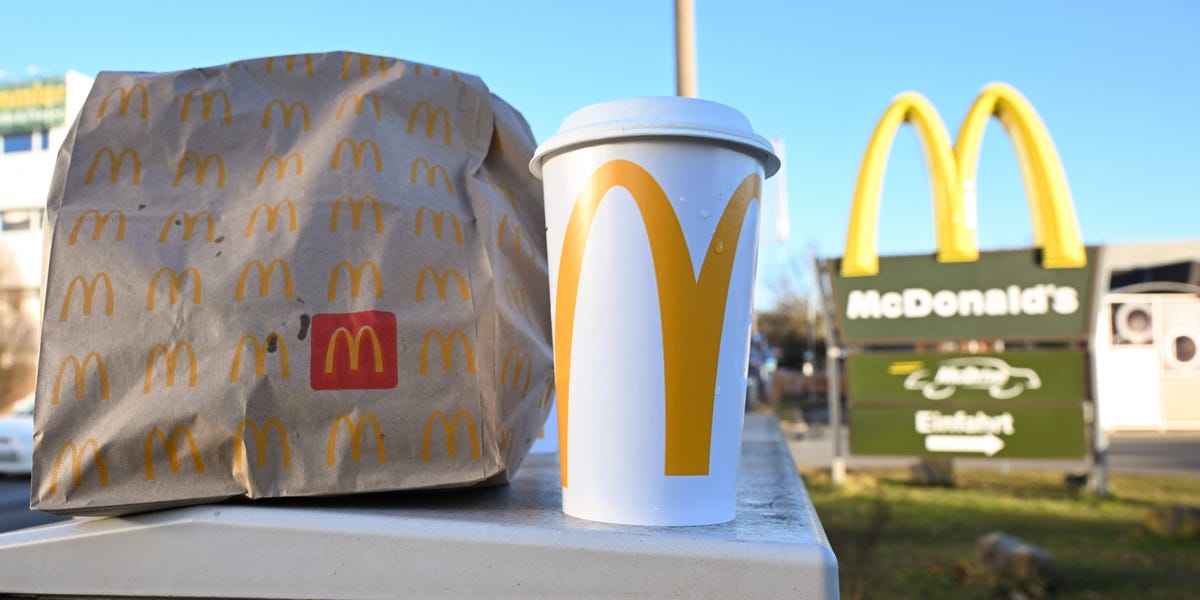Golden Arches' Gamble: How $5 Meals Are Rescuing McDonald's Bottom Line

McDonald's is seeing significant success with its popular $5 meal deal, as revealed by CEO Chris Kempczinski. The strategic pricing has not only attracted customers but is also proving to be a powerful catalyst for increased spending. Kempczinski highlighted that the affordable deal is effectively encouraging customers to make additional purchases, ultimately driving the average transaction value well above the initial $5 price point.
In a recent statement, the McDonald's leader noted that the deal is successfully "driving other purchases" and pushing the average customer check to over $10. This suggests that the budget-friendly offer is not just drawing in cost-conscious diners, but also inspiring them to explore and add more items to their orders.
The $5 meal deal appears to be a smart marketing strategy that benefits both customers seeking value and the company looking to boost overall sales. By providing an attractive entry-point price, McDonald's is effectively enticing customers to spend more during their visit.

